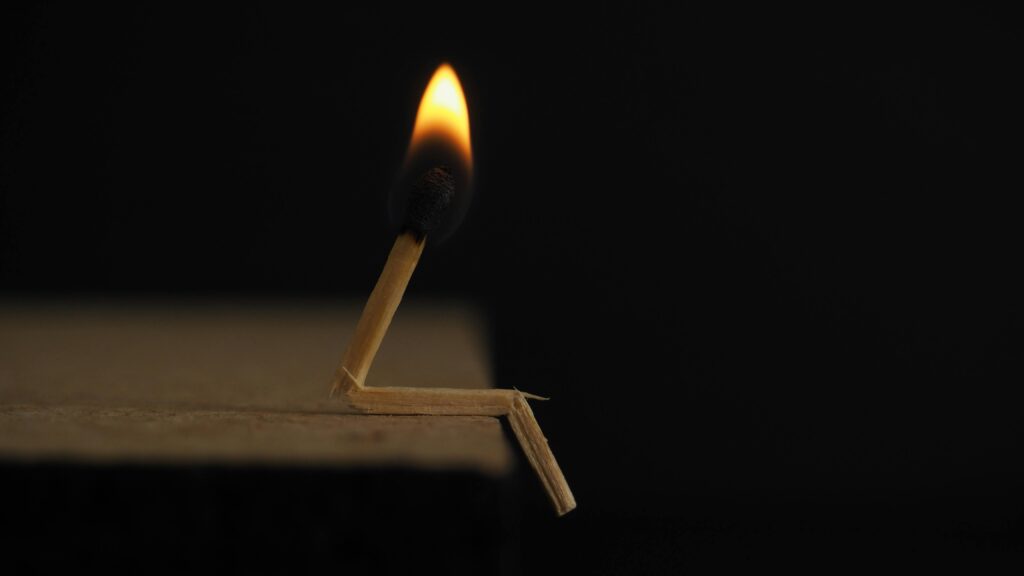Burn injuries are among the most painful and life-altering injuries a person can suffer. When a defective product causes those injuries, victims often face not only physical trauma but also confusion about their legal rights and what steps to take next.
If you’ve suffered a burn injury from a defective product in California, you may have a claim under California defective product law. In this blog, we’ll explain how product liability works, how to prove fault, what kinds of compensation are available, and how key case law like Soule v. General Motors Corp. influences your rights.
1. Understanding Product Liability and Burn Injuries
Under California law, manufacturers, distributors, and retailers can be held legally responsible when their products cause harm. This is known as strict product liability—a legal doctrine that does not require the victim to prove negligence, only that the product was defective and caused injury during normal use.
There are three main types of product defects:
- Design Defects: The product is inherently unsafe (e.g., a heating element that gets dangerously hot).
- Manufacturing Defects: A flaw occurs during production (e.g., faulty wiring that leads to a fire).
- Warning Defects: The product lacks proper warnings or instructions (e.g., no label warning of scalding risk).
2. Key Case Law: Soule v. General Motors Corp. (1994)
In the landmark case Soule v. General Motors Corp. (1994) , the California Supreme Court clarified how juries should evaluate whether a product is defectively designed. The court emphasized that a product can be found defective even if it functions as intended, if the design is inherently dangerous without sufficient justification.
This case reinforced the idea that manufacturers must design products that are not only functional, but safe for expected use.
3. How to Prove a Product Liability Burn Case
To succeed in a product liability burn case, a plaintiff must typically show:
- The product was defective (in design, manufacture, or warning)
- The defect existed when it left the manufacturer
- The product was used as intended or in a foreseeable way
- The defect directly caused the burn injury
In burn injury cases, common evidence includes:
- The defective product itself (preserved, if possible)
- Medical records and expert medical opinions
- Photos of the injuries and damaged product
- Fire investigation reports (if applicable)
- Testimony from product engineers or forensic experts
Hiring a law firm with experience in technical product liability litigation is crucial to building a strong case.
4. Common Sources of Defective Product Burn Injuries
Defective products that may lead to burn injuries include:
- Home appliances (microwaves, stoves, space heaters)
- Personal care items (hair dryers, curling irons)
- Electronics (phones, chargers, batteries)
- Automotive components (fuel systems, airbags, seat heaters)
- Flammable clothing or bedding
In some cases, entire product lines may be recalled due to known risks—but that doesn’t excuse a manufacturer from liability if you were injured before or even after a recall.
5. Compensation Available for Burn Injury Victims
Burn injuries often require long-term treatment, including surgeries, physical therapy, and psychological counseling. Victims of defective products may be entitled to compensation for:
- Medical expenses (past and future)
- Lost wages and reduced earning capacity
- Pain and suffering
- Emotional distress
- Permanent scarring or disfigurement
- Loss of quality of life
In especially egregious cases, punitive damages may be available to punish the manufacturer for reckless conduct.
6. Settlement Structures in Burn Injury Cases
Many burn injury defective product California cases settle before going to trial. Settlements can be paid out in two main ways:
- Lump-sum settlement: A one-time payment covering all damages.
- Structured settlement: Payments made over time, often used in cases involving minors or lifelong care needs.
An experienced attorney can negotiate a settlement structure that matches your specific medical and financial situation.
7. Why You Need Legal Representation
Product liability cases are complex. Manufacturers often have deep pockets and aggressive legal teams. To protect your rights, it’s critical to have a lawyer who:
- Understands California’s strict product liability rules
- Has experience with technical and engineering evidence
- Knows how to counter the defenses used by large corporations
- Can bring in the right experts to support your case
At B&D Injury Law, we’ve helped many clients hold negligent manufacturers accountable. We’re not afraid to go up against big companies to get you the compensation you deserve.
Conclusion: You Don’t Have to Face This Alone
If you’ve suffered a burn injury from a defective product in California, you may have a strong product liability case. The law is on your side, but the process is complex. Don’t wait—evidence can disappear, and legal deadlines matter.
Contact B&D Injury Law today for a free case review. We’ll assess your situation, explain your rights, and fight for the compensation you need to heal and move forward.
